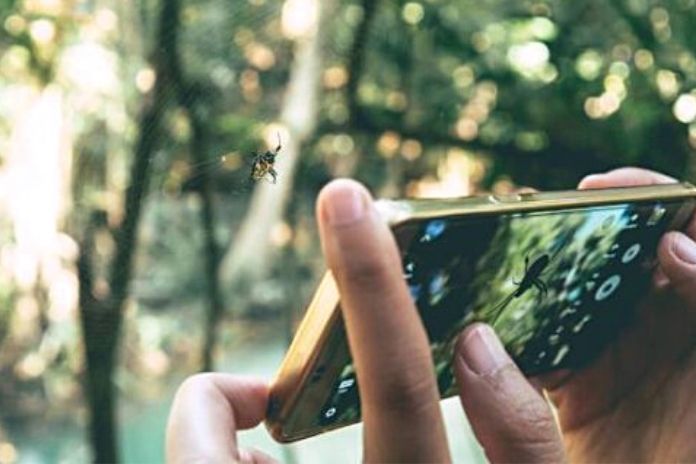There are numerous opportunities for large scale photography. We will perceive how it is feasible to do this ideally on iPhone and Android gadgets. Full-scale photography, also called full-scale photography, is a shot used to catch small items to record an augmented picture and wealth exhaustively. A photo whose generation proportion of the subject is equivalent to or more noteworthy than one is such. At the end of the day, when the subject’s picture is something similar or more critical than the actual subject, we can discuss the Macro.
With the development of new technologies and increasingly advanced sensors, it has also been possible to implement this technique on smartphones, whose cameras are increasingly close to professional tools. In particular, there are two ways to take macro photography with a phone: use the dedicated 2-5 megapixel macro lens that is present on some mid-range models or the wide-angle lens by setting the focal length in the macro range.
This second solution, used by top of the field such as iPhone 13 and Galaxy S21 Ultra, offers much better results. Here we will try to explore all the different possibilities on the various devices, and we will try to provide you with tips and tricks to start taking great quality macro photography.
How To Use Macro Mode On Android
In this manner, it ought to be evident to you that there is a technique for taking full-scale photography, and it relies upon the sort of telephone you use. On account of Android gadgets, the circumstance is substantially more changed. Some perfect quality models (like Galaxy S21 Ultra) can consequently perceive the subject’s distance and change to a large scale model. On others, it is essential to attempt to see how to continue.
Sometimes, as on Xiaomi Mi 10T Pro, there is a committed full-scale sensor, and it is adequate to tap on Macro in the camera application to enact it. It is essential to deal with the wide-point sensor by changing the concentration or understanding which focal point works best at a nearby separation from the subject. Assuming that these arrangements don’t demonstrate viably, you could utilize an outer focal point to be applied to the camera. While these aren’t in every case minimal expense arrangements, they are as yet less expensive than purchasing a new, top of the line camera gadget.
How To Use Macro Mode On iOS
The new iPhone 13 Pro and Pro Max can use macro mode thanks to the ultra-wide-angle sensor and the ability to detect the appropriate distance, adjusting accordingly automatically. Unfortunately, it is impossible to control this setting completely managed by artificial intelligence manually. This allows you to take close-up photographs (up to 2 centimeters) of objects of various kinds with a very high-quality level.
In previous Apple models, this feature was not present. To create macros, it was necessary to resort to some tricks: apply external lenses to the device’s camera or use the third-party application Halide. The macro mode of this app uses the best sensor for close-up shots and provides a manual focus adjustment tool. The artificial intelligence then takes care of arranging the details after the photograph is taken. For optimal use of Halide, the smartphone must have a Neural Engine, which we know is present on iPhones starting from the eight series.
Tips And Tricks For Making Great Macro Photography
Regardless of the phone used, there are some practical tips and tricks that, with a bit of training, will allow you to become a macro photography professional:
- Try to understand the optimal distance from the subject by manually adjusting the focus. This way, you can take closer and sharper photos.
- If your hands continue to shake and you can’t hold your smartphone still, we recommend using a holder. There are many cheap tripods with flexible legs that adapt to any context.
- If the subject is an insect or something that may be disturbed by your presence, use a selfie stick, which will allow you to bring the smartphone as close as possible. Again, you won’t need to spend a fortune, and you might even find a tool that doubles as a tripod.
- Shooting by pressing a button on the screen can cause the photograph to be skewed. To work around this problem, you can use a Bluetooth remote control to control the camera remotely. Alternatively, use voice commands.
- Macro photography, in general, needs more light to show all the details of the subject. Support LED light may be required. In fact, at close range, the phone’s flash fails to illuminate the scene uniformly. There are different types for each price range, but it is advisable to use a dimmable model that integrates perfectly with a smartphone and tripod.
- Use the Raw mode, which serves not to have quality losses. After that, you can edit the images later using specific software in post-production.
The list of tips closes the banalest, but the most important: take lots of shots, even of the same subject, and test yourself in all kinds of conditions.
Also Read: Blockchain And Artificial Intelligence

